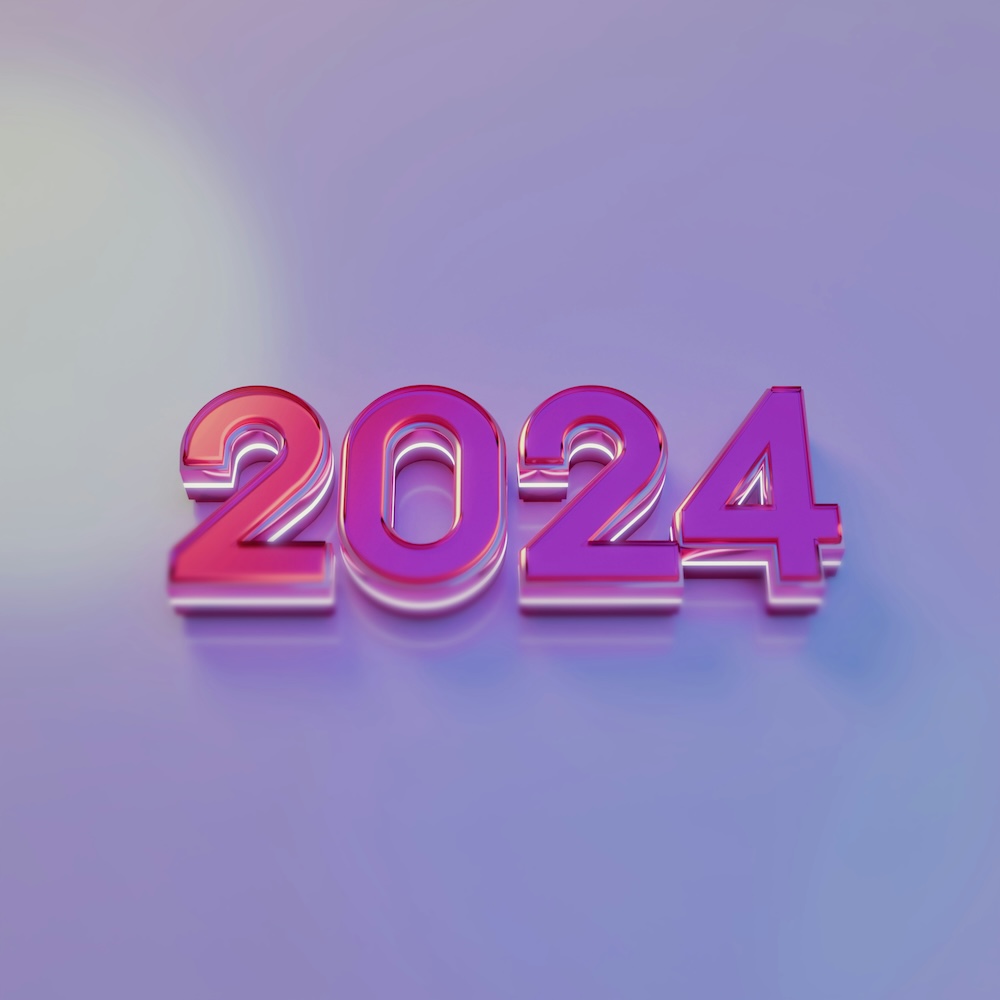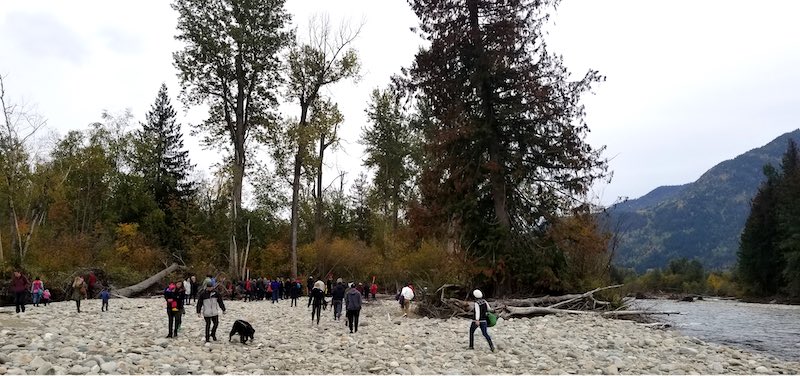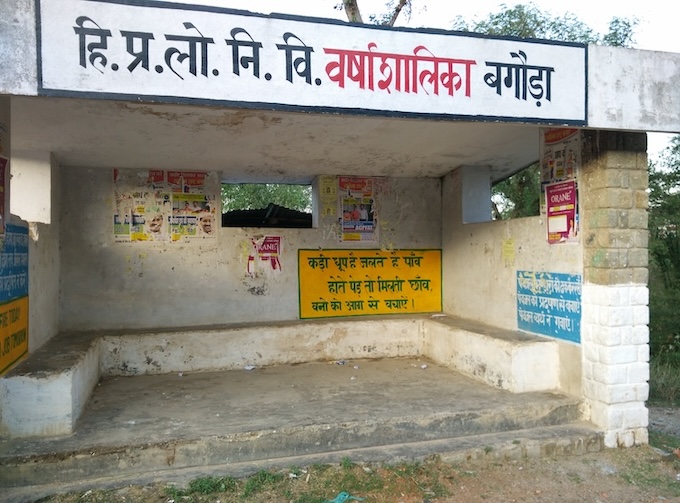As a growing area of inquiry in STS, maintenance studies brings two critical insights to the post-Actor Network Theory (ANT) landscape. First, relations are not a state of nature, but once established, take a great amount of ongoing, behind-the-scenes effort to maintain and mend (Star, 1991; Denis and Pontille, 2019). Second, a greater locus of scientific research and innovation is invested in the assemblies of maintenance and repair than in the creation of novel ones (Edgerton, 2011). Stability is ever produced through a constant recognition and remediation of the material fragility of things (Denis & Pontille, 2023).
In their seminal article in Theory, Culture & Society, Graham and Thrift (2007) dug forth the ever-expanding arena of maintenance and repair that constitute infrastructures and objects which otherwise remain invisible to the public eye, doing their job. Moments of breakdown cast socially unacceptable ruptures in the fabric of life, inviting all forms of labor, learning, and innovation to keep going. Their dig on the inevitable politics of maintenance, “to invent the train is to also invent the train crash” (p. 4), struck me as a gut-churning reflection on the state of Himalayan forests in the aftermath of large-scale tree plantation programs. On one hand, global afforestation and nature restoration programs aim to repair the historical excesses of extractive industry and empire. On the other hand, the science which guides these programs tends to be far removed from the place, history, and nature of the contagion. This dissonance instills a deep sense of fragility on the promise of restored futures in the Global South. What if the “politics of maintenance” never takes place, and rural populations are forced to live with the inevitable crash? (read more...)








